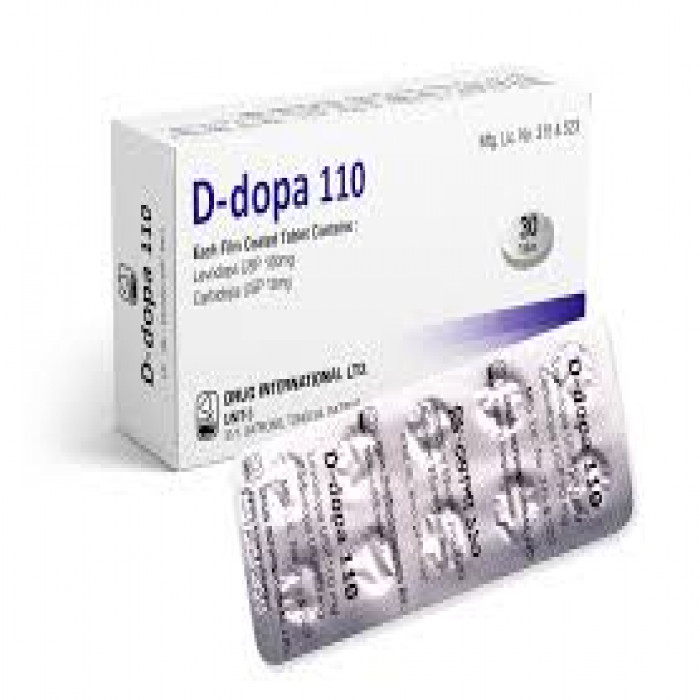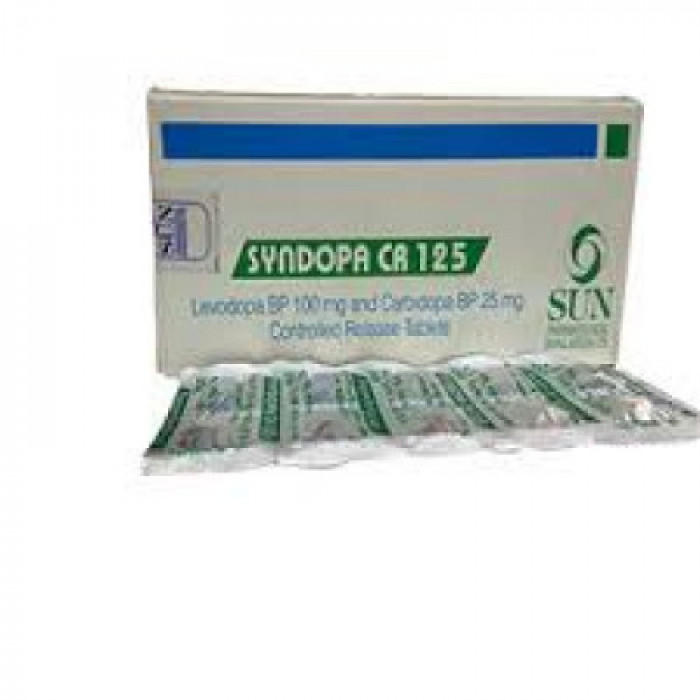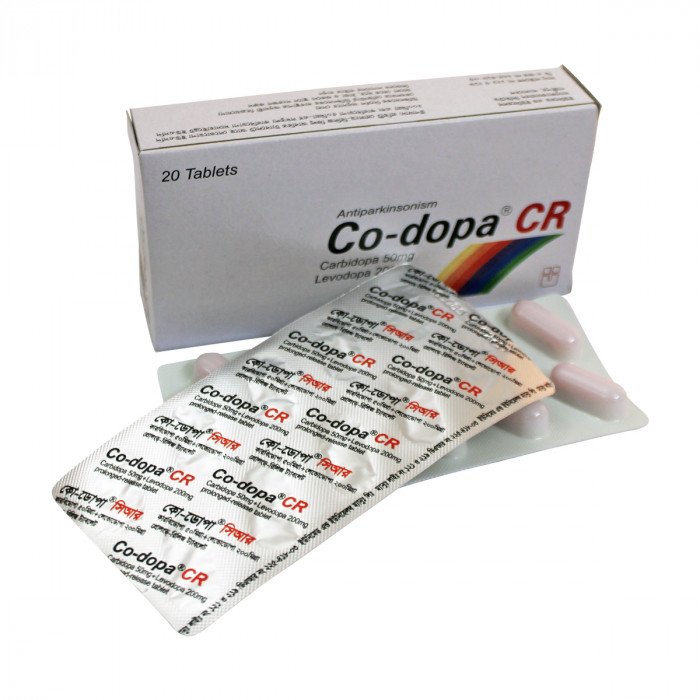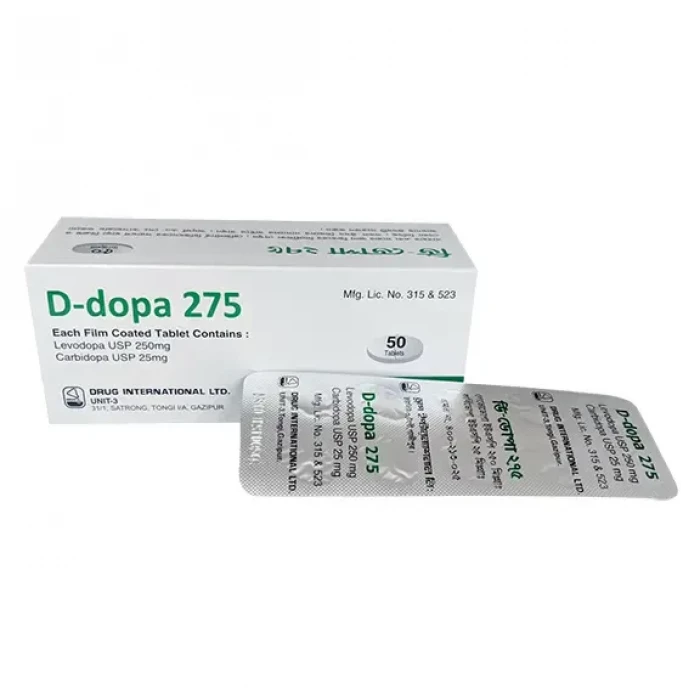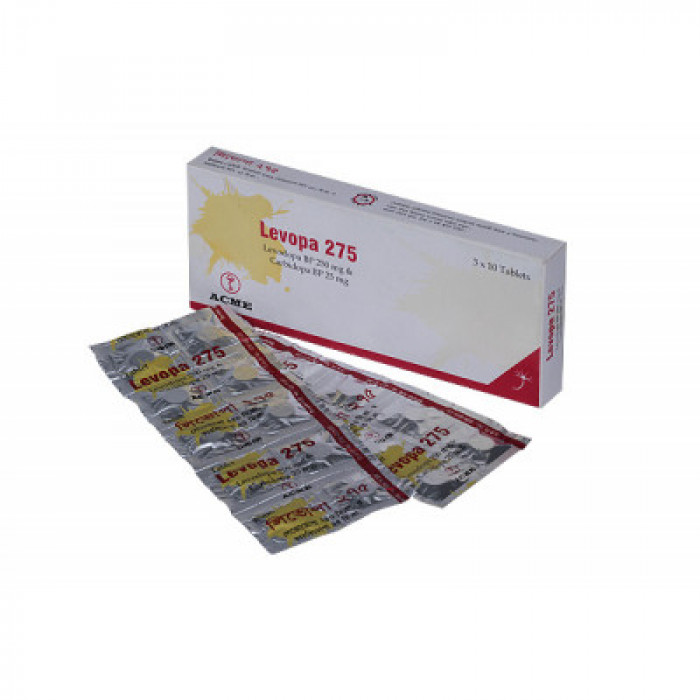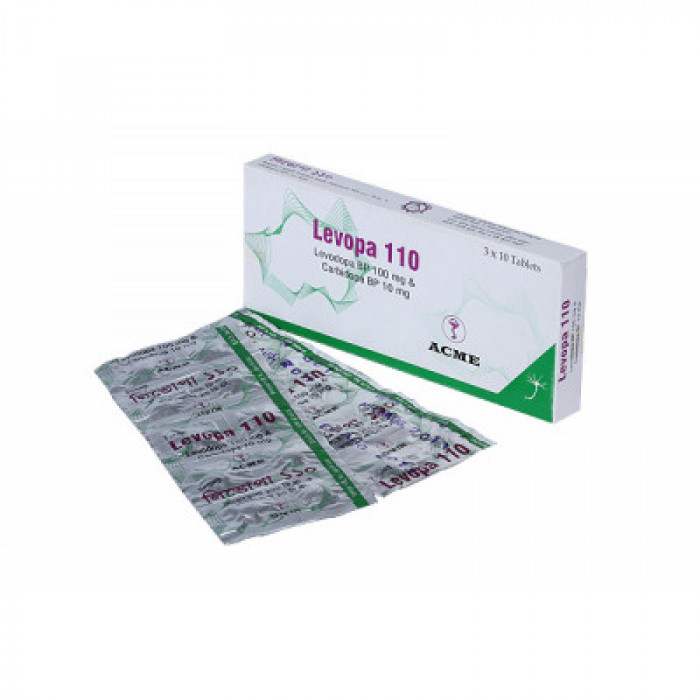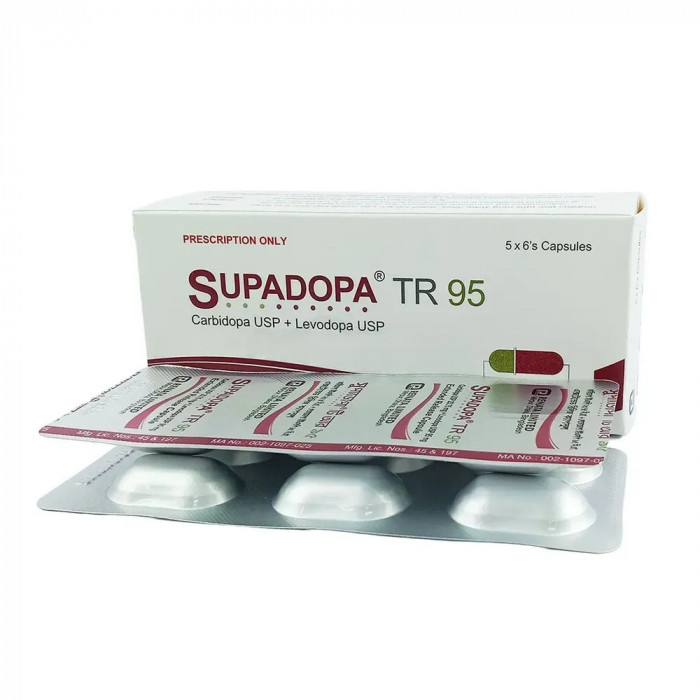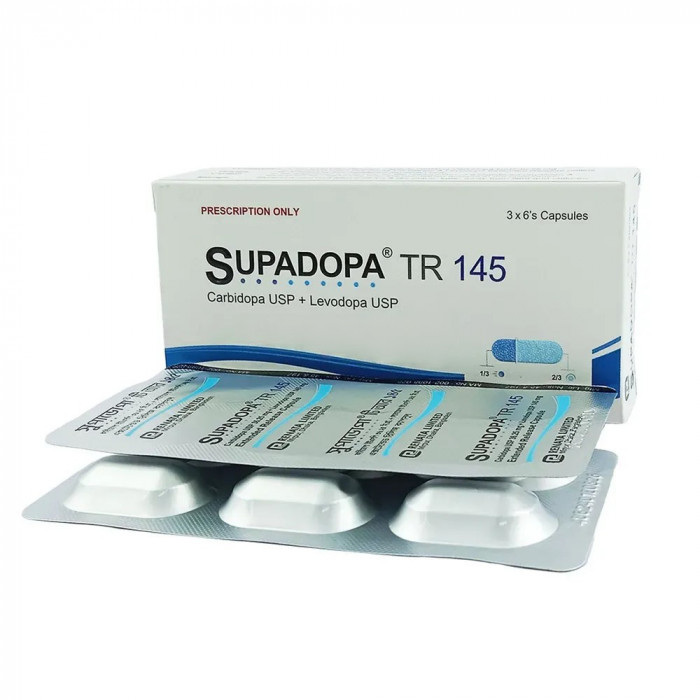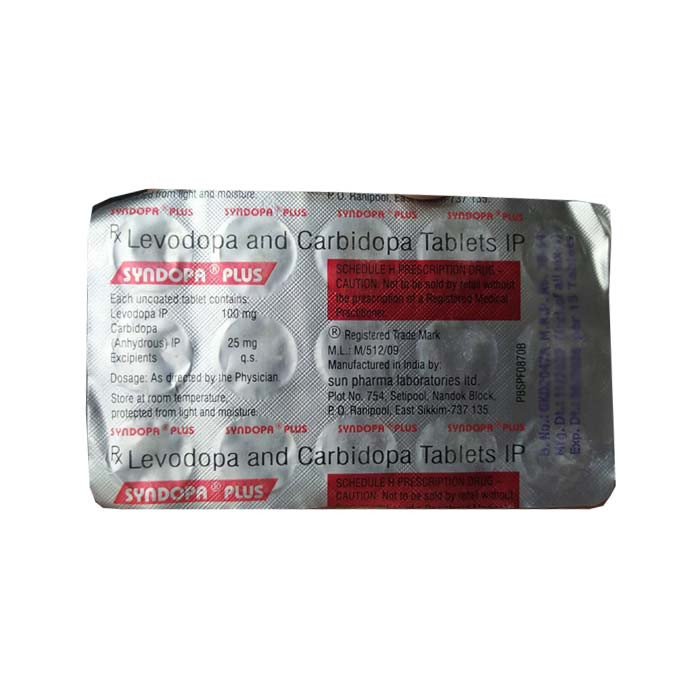

✔ 100% Authentic Product
👁️ Currently Viewing 3148
Syndopa Plus Tablet combines two medications commonly prescribed for the management of Parkinson’s disease. It effectively helps ease symptoms such as muscle stiffness, tremors, and movement difficulties.
📄Prescription Required
Discount
Price: ৳ 212
MRP:
৳
235
10%
Off

100% Genuine Products, Guaranteed

Safe & Secure Payments, Always

Fast, Secure & Efficient Delivery

Proper Packaging
 Cash on Delivery - All over Bangladesh
Cash on Delivery - All over Bangladesh Regular Delivery - 12-24 Hours, Dhaka City* Charge Tk.39-59
Regular Delivery - 12-24 Hours, Dhaka City* Charge Tk.39-59 Regular Delivery - 24-48 Hours, Other Cities* Charge Tk.99-110
Regular Delivery - 24-48 Hours, Other Cities* Charge Tk.99-110
 ফ্রি ডেলিভারিঃ - ৯৯৯ টাকা+ অর্ডারে, ঢাকা
শহরে
ফ্রি ডেলিভারিঃ - ৯৯৯ টাকা+ অর্ডারে, ঢাকা
শহরে ফ্রি ডেলিভারিঃ - ২৯৯৯ টাকা+ অর্ডারে, ঢাকার
বাহিরে
ফ্রি ডেলিভারিঃ - ২৯৯৯ টাকা+ অর্ডারে, ঢাকার
বাহিরে
100% Genuine Products, Guaranteed
Safe & Secure Payments, Always
Fast, Secure & Efficient Delivery
Proper Packaging
 Cash on Delivery - All over Bangladesh
Cash on Delivery - All over Bangladesh Regular Delivery - 12-24 Hours, Dhaka City* Charge Tk.39-59
Regular Delivery - 12-24 Hours, Dhaka City* Charge Tk.39-59 Regular Delivery - 24-48 Hours, Other Cities* Charge Tk.99-110
Regular Delivery - 24-48 Hours, Other Cities* Charge Tk.99-110 ফ্রি ডেলিভারিঃ - ৯৯৯ টাকা+ অর্ডারে, ঢাকা
শহরে
ফ্রি ডেলিভারিঃ - ৯৯৯ টাকা+ অর্ডারে, ঢাকা
শহরে ফ্রি ডেলিভারিঃ - ২৯৯৯ টাকা+ অর্ডারে, ঢাকার
বাহিরে
ফ্রি ডেলিভারিঃ - ২৯৯৯ টাকা+ অর্ডারে, ঢাকার
বাহিরে
✅ Description:
You can take Syndopa Plus without food, but it's best to avoid high-protein meals (like dairy products and meat) as they may interfere with how the medicine works. Try to take it at the same time every day to maintain stable levels in the body. Follow your doctor’s dosage instructions strictly. If you miss a dose, take it when you remember, but skip it if it’s almost time for your next one. Never double your dose. Complete the full treatment even if you start feeling better. Do not stop taking the medication unless your doctor advises it, as stopping suddenly can be harmful.
Safety Advices
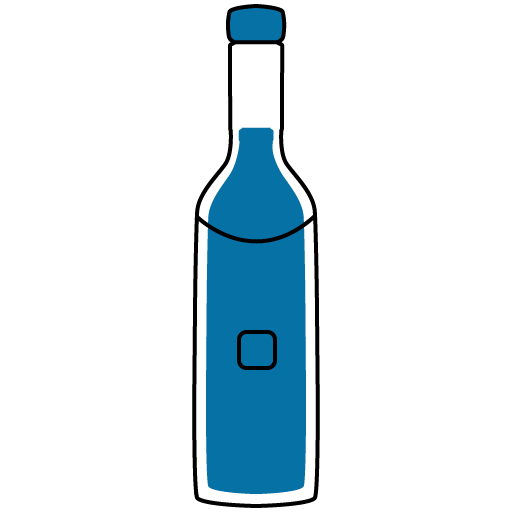
Alcohol
UNSAFE
Avoid drinking alcohol while on this medication.

Pregnancy
SAFE IF PRESCRIBED
Use only if prescribed. It may pose risks to the fetus based on animal studies.
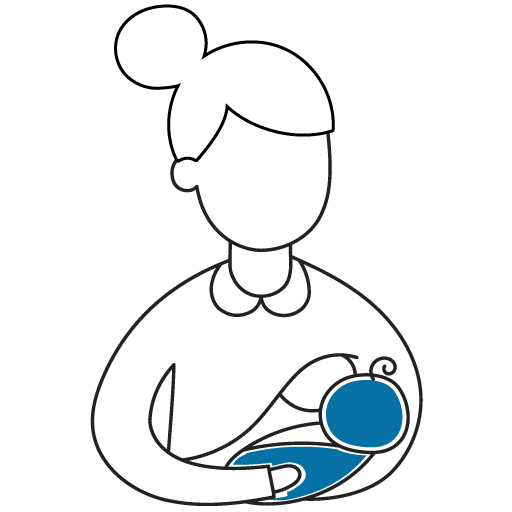
Breastfeeding
SAFE IF PRESCRIBED
Likely safe, though it may temporarily reduce milk production.

Driving
CAUTION
May cause dizziness, drowsiness, or blurred vision.

Kidney
CONSULT YOUR DOCTOR
Likely safe; consult your doctor.

Liver
CONSULT YOUR DOCTOR
Use with caution; dosage adjustments may be needed.
✔️ Side Effects of Syndopa Plus
You might experience:
- Nausea or vomiting
- Dry mouth
- Dizziness or drowsiness
- Headache
- Sweating
- Gastrointestinal upset
- Unusual dreams or involuntary movements
When you begin treatment, getting up quickly from sitting or lying positions might cause a sudden drop in blood pressure, so it’s advised to rise slowly. This medicine can also make you sleepy or dizzy, so avoid driving or operating heavy machinery until you know how it affects you.
✔️ Missed Dose of Syndopa Plus?
If you forget to take a dose, take it as soon as you remember. If it’s nearly time for your next dose, skip the missed one—do not double up.
✔️ Uses of Syndopa Plus
Parkinson’s disease: Helps improve motor control and reduce tremors and stiffness.
✔️ Important Tips: Syndopa Plus
- Avoid high-protein foods as they may reduce how much medicine your body absorbs.
- Move slowly from sitting or lying positions to avoid dizziness or fainting.
- Be cautious while driving or doing tasks requiring attention.
- Don’t stop the medication suddenly without your doctor’s guidance; this can cause severe symptoms like fever, muscle rigidity, abnormal movements, sweating, or confusion.
- Let your doctor know if you start experiencing hallucinations or changes in behavior.
✔️ Benefits of Syndopa Plus
Enhances dopamine levels in the brain, improving coordination and helping with daily tasks.
✔️ How Syndopa Plus Works
Syndopa Plus contains Levodopa and Carbidopa:
- Levodopa turns into dopamine in the brain, which is essential for smooth and controlled body movements.
- Carbidopa helps more Levodopa reach the brain by preventing its breakdown outside the brain.
✔️ Cautions
If you have liver or kidney issues, inform your doctor before starting this medicine. Also, let your doctor know about all other medications you’re taking, as some may alter its effectiveness or increase side effects.
Tell your doctor if you are pregnant, planning pregnancy, or breastfeeding.
✔️ Storage:
Store in cool and dry place away from direct sunlight. Keep the medicine out of reach of children.
⚠️Disclaimer:
At ePharma, we’re committed to providing accurate and accessible health information. However, all content is intended for informational purposes only and should not replace medical advice from a qualified physician. Please consult your healthcare provider for personalized guidance. We aim to support, not substitute, the doctor-patient relationship.




